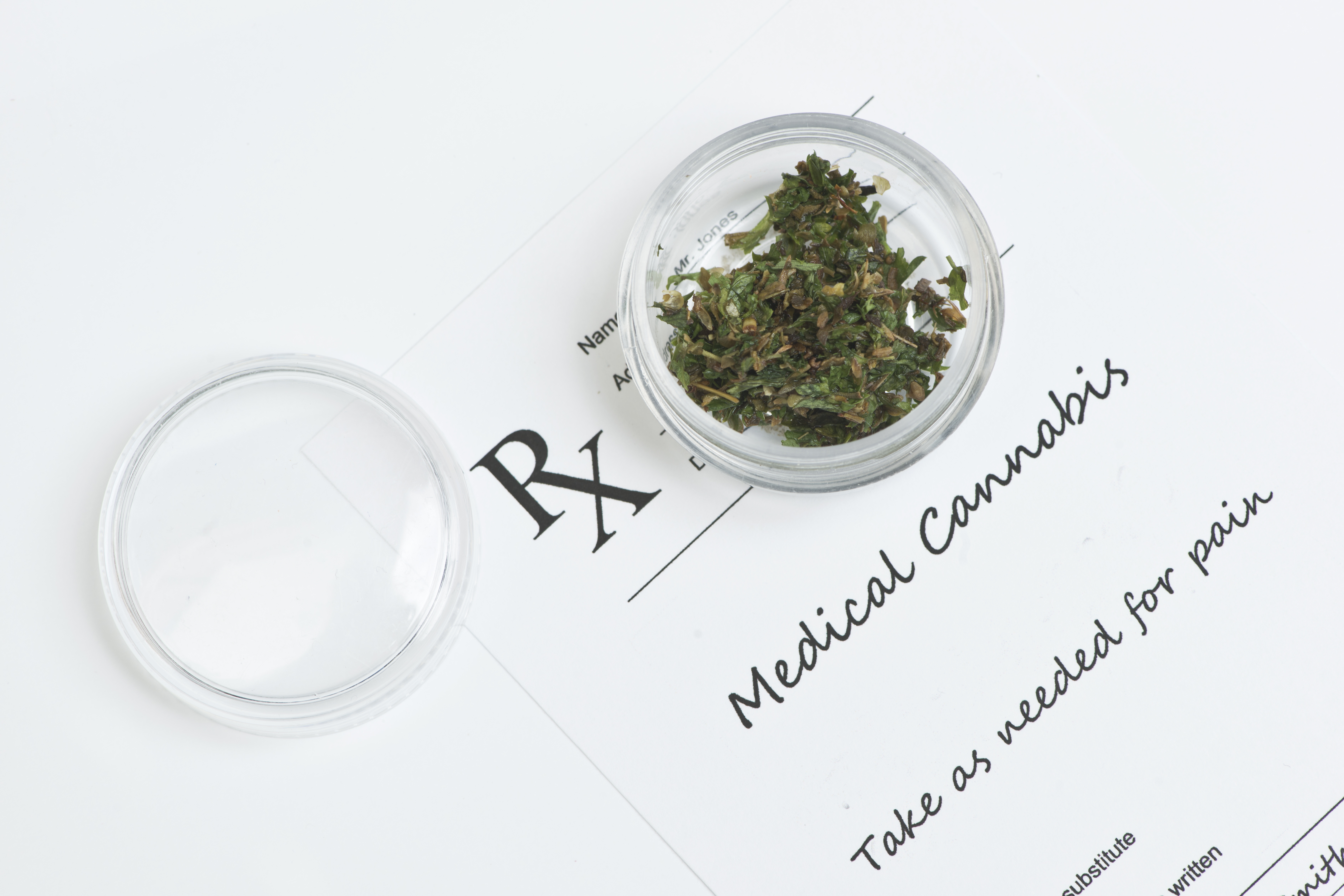
Many people are looking to cannabis, whether its medical marijuana, or medical hemp to help their pets when conventional medications aren’t working or are ridiculously expensive. Many times pet parents find, much to their amazement, that a little bit of cannabis goes a long way to help their pet’s conditions.
But, what many pet parents don’t know is that if your cannabis contains much THC, it may cause an adverse reaction in your dog, that causes them to lose their balance, and often times they will fall over uncontrollably. This condition in dogs is called “Static Ataxia” and is because, in the dog, as compared to the cat or the human or the horse, there are an abundance of THC receptors in the part of the dog brain that control coordination and balance. This part of the brain is called the “cerebellum”.
If you can start your dog out with a tiny dose of THC that isn’t high enough to be psychotropic, and give that every day for a week, your dog will develop tolerance to these adverse effects, and then you can gradually increase the amount of THC you are giving to produce the medical benefit you are looking for in your use of cannabis.
This is true for medical marijuana, that typically contains 5-35% THC, but is not true for medical hemp that by law only contains no more than 0.3% THC, and thus is not psychotropic, which means that it won’t interfere with your dog’s coordination. For many issues that dogs have, medical hemp is more than adequate to address those disease issues without worrying about your dog falling over or freaking out.
If you are lucky enough to live in a state with legal medical or recreational marijuana, you should see if you can find a product that tells you on the label what its potency is in terms of the numbers of milligrams of THC and CBD. Be sure to read the label carefully, as sometimes the amount expressed is for the entire bottle, so then you need to divide by the number of milliliters to get the amount of milligrams per milliliter or milligrams per biscuit or soft-chew. Once you know this amount, you can then pretty accurately give your dog a dosage that will help, and won’t hurt.
For products that state the amount of THC on the label, I think its important to start dosing based on the THC content, that way you are most likely to avoid side-effects. I have found that using a very low dose of THC of 0.05 milligrams per pound of your pet’s body weight twice daily is a safe place to start. After you have given that dose, wait two hours for full effect. If you dog seems a little glassy-eyed and out of it, or just stands there salivating and swaying back and forth with its hind legs held wide, then that dose is still too high for your dog. But if there are none of these symptoms, then you have found a good starting dose, and you should give that twice daily for a week before increasing the dosage to a higher dose for a better effect.
If you are using a hemp product, they usually tell you exactly how much hemp is in the bottle, and how much is in each milliliter. I have established a range of doses for hemp based cannabinoids such as CBD. This range starts at 0.05 mg/pound twice daily. The high end is 5 times that, or 0.25 mg/pound twice daily. I usually start my patients on the low end of the dose, and give it for a week to observe for beneficial effects. Many times that low a dose will work well, and until it stops working well, I stay at that dose. I increase it to 0.125 mg per pound twice daily as my next dosage tier, and keep it at that level until it starts to lose it effect. It may always be good at any of these dosages, and not necessarily need to be changed once you’ve seen benefit.
In my next post I will talk about the use of “Ratio Products” where you give a specific ratio between THC:CBD for specific conditions. Stay tuned, and if you have questions, enter them below in the comments section, that way I will answer them in the blog, and other people can benefit from our dialog
Dr. Rob Silver
December 2016
Boulder, CO




